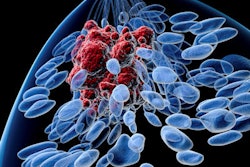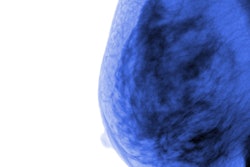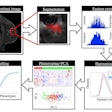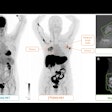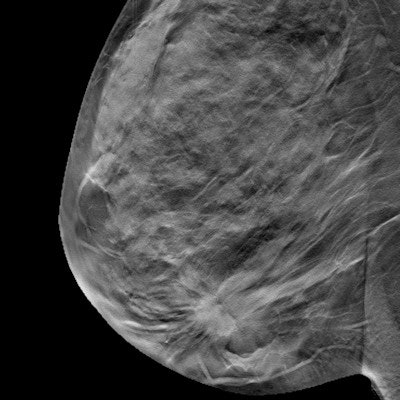
Can digital breast tomosynthesis (DBT) replace full-field digital mammography (FFDM)? Yes, especially if wide-angle DBT is used, according to a study published in the June issue of the American Journal of Roentgenology.
The research suggests that DBT could be used as a standalone screening tool, wrote a team led by Dr. Dianne Georgian-Smith of Brigham and Women's Hospital in Boston.
"The results of this study strongly support the robustness of DBT as a sole view," the group wrote.
DBT's benefits have been outlined in multiple clinical studies. But despite increasingly widespread use, its efficacy as a modality that can be used on its own rather than in conjunction with FFDM hasn't yet been proven. So Georgian-Smith's group sought to evaluate whether two-view DBT -- acquiring images with a wide-angle DBT system and without synthesized 2D images or FFDM -- would outperform FFDM alone.
The study included 330 cases of patients who underwent both bilateral two-view FFDM and bilateral two-view wide-angle DBT between May 2011 and April 2014. Thirty-one radiologist readers interpreted the exams; they had varying degrees of experience interpreting DBT exams and read the images in two sessions separated by at least a month. The researchers measured the performance of the modalities with area under the receiver operating curve (AUC) values per reader -- per breast and per patient -- recall rate, sensitivity, and specificity.
Of the 330 cases, 210 (64%) were benign, 105 (32%) were malignant, and 15 (4%) were unclear (AJR, June 2019, Vol. 212:6, pp. 1393-1399).
DBT improved the performance of 29 of 31 readers in terms of AUC across all measures, although not all were statistically significant, the group found. Recall rate decreased by 19% (p < 0.001), and DBT found more invasive cancers than FFDM, according to the authors.
| FFDM vs. DBT for breast cancer screening | |||
| Performance measure (breast level) | FFDM | DBT | p-value |
| AUC | 0.82 | 0.86 | 0.011 |
| Sensitivity (BI-RADS 4 and 5) | 0.72 | 0.77 | 0.047 |
| Specificity (BI-RADS 4 and 5) | 0.81 | 0.85 | < 0.001 |
DBT came through with flying colors, the researchers wrote.
"The results showed that the performance of two-view wide-angle DBT alone over FFDM in both subject-level and breast-level analyses improved significantly," they noted. "Improved diagnostic accuracy with DBT was also measured by the 19% reduction in callback rate of patients without cancer, thereby increasing specificity. The most important finding is the improvement in detection of invasive cancers with DBT, likely affected by greater mass and architectural distortion conspicuity."
Even so, it's probably not yet time to throw FFDM out completely, the authors cautioned.
"It is likely that an overview [FFDM] image will [continue to] be useful in the clinical workflow because other factors related to viewing and perception affect one's ability to detect breast cancer," the team concluded.





